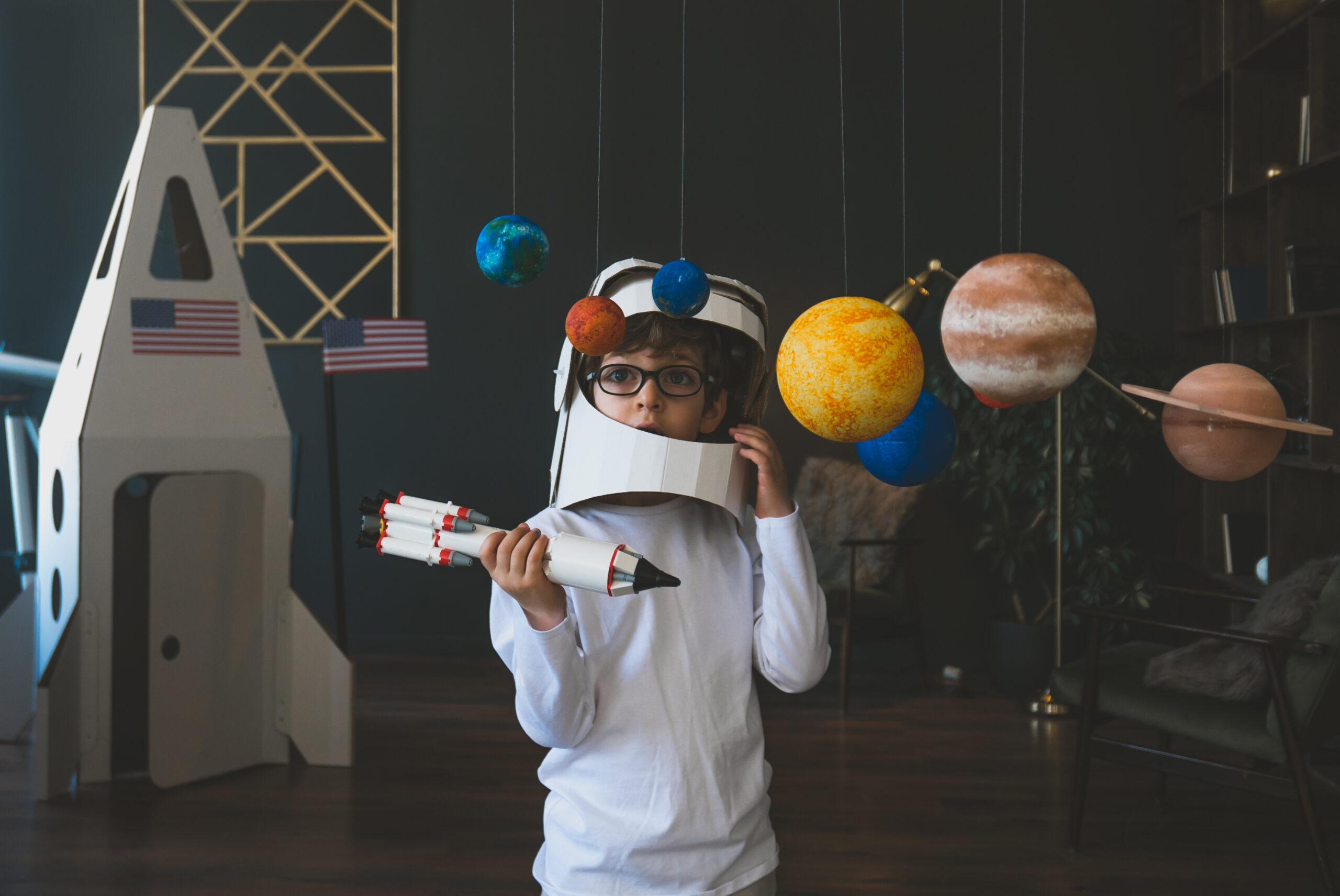As a parent, you may have been asked by your child about the solar system. Whether they saw it in a book or in a video, the idea of planets and stars revolving around the sun can be fascinating for children of all ages. However, explaining the concept of the solar system to children can be a bit challenging. It is important to adapt your explanation based on the age and developmental stage of your child.
Here are some tips to help you explain the solar system to your child:
FOR YOUNGER CHILDREN (AGES 3-6)
Children at this age have a limited attention span, so it is important to keep your explanation simple and straightforward. Use visual aids like pictures, videos, or toys to help them understand the concept better. Here are some things you can say:
“The solar system is like a big family. The sun is the parent, and the planets are the children.”
“The sun is a big ball of fire in the sky. It gives light and warmth to us and the planets.”
“There are eight planets in the solar system, and they all orbit around the sun.”
For children in this age group, you don’t need to go into too much detail about each planet. Instead, focus on the basics and keep it fun and engaging.
FOR OLDER CHILDREN (AGES 7-12)
As children get older, they become more curious and may ask more in-depth questions about the solar system. This is the perfect time to introduce more complex concepts and explain things in more detail. Here are some things you can say:
“The solar system is made up of the sun, eight planets, dwarf planets, and other objects like asteroids and comets.”
“The planets in the solar system are classified into two groups: inner planets and outer planets. The inner planets are smaller, rocky, and closer to the sun. The outer planets are larger, made up of gas, and are farther from the sun.”
“Each planet in the solar system has its unique features and characteristics. For example, Venus is the hottest planet, and Mars is known as the Red Planet.”
You can also use interactive tools like online simulations or 3D models to help your child visualize the solar system and its components.
FOR TEENAGERS (AGES 13+)
Teenagers have a more advanced understanding of the world around them, so it is important to provide them with accurate and detailed information about the solar system. Here are some things you can say:
“The solar system is just one of the many planetary systems in our galaxy, the Milky Way.”
“There are hundreds of billions of stars in the Milky Way, and each star may have its own planetary system.”
“Scientists continue to explore and discover new objects in the solar system, such as dwarf planets, moons, and asteroids.”
You can also discuss the history of space exploration and the scientific discoveries that have been made in recent years. This can inspire your teenager to learn more about science and astronomy and may even spark an interest in a future career.
In conclusion, explaining the solar system to children can be a rewarding and fun experience. By adapting your explanation to your child’s age and developmental stage, you can provide them with an accurate and engaging introduction to the wonders of our universe. So, take the time to explore the solar system with your child, and you may be surprised at how much you both learn in the process.

